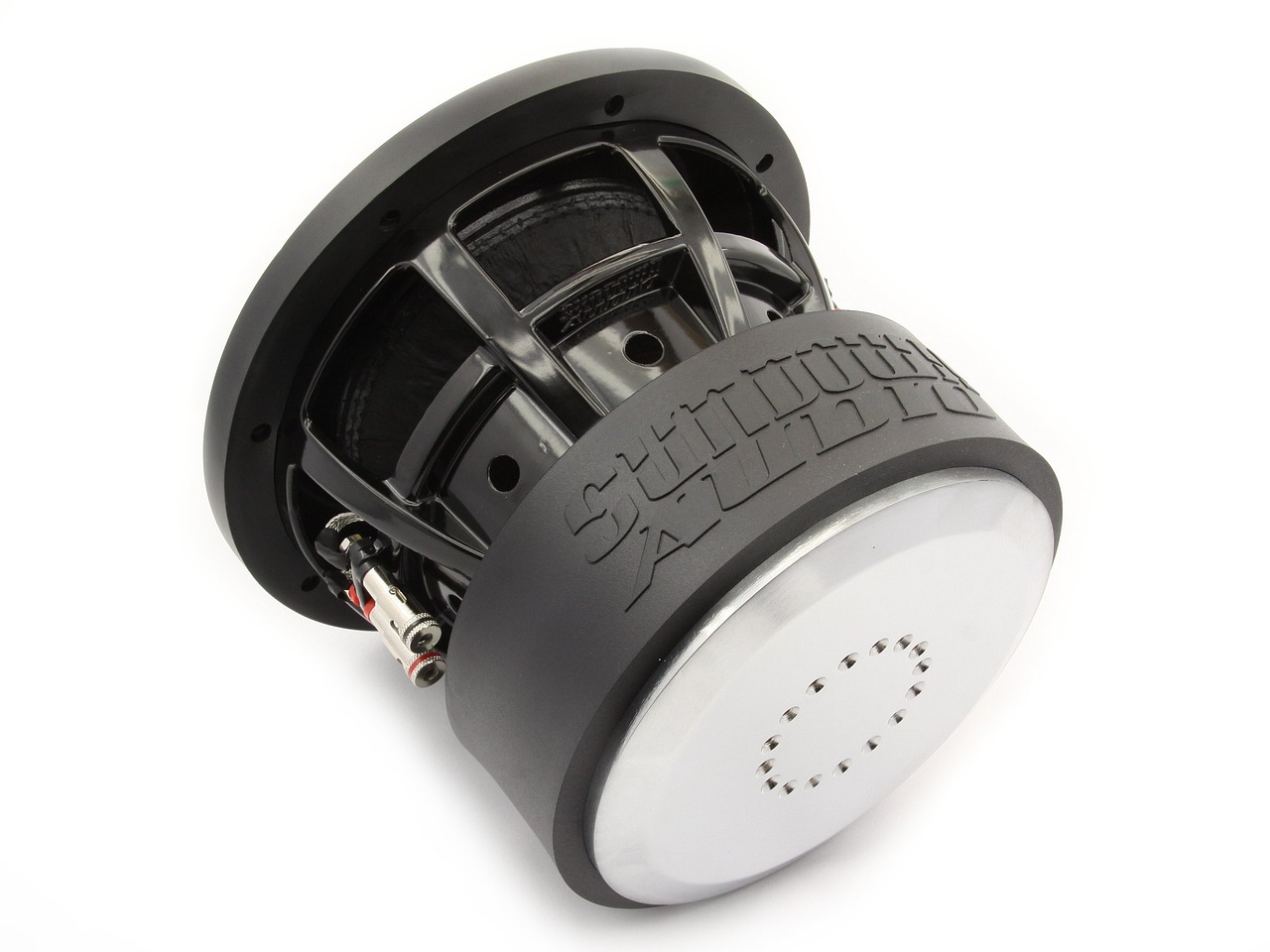Correct speaker placement is a key element in creating a high-quality audio system. Even the best equipment can fall short of expectations if your speakers are improperly positioned. In this article, we will outline general principles and practical tips to help you achieve optimal sound in your room.
Basic principles
- Symmetry: The symmetrical positioning of the loudspeakers in relation to the listening point is crucial for a correct soundstage.
- Equilateral triangle: The speakers and the listening position should form an equilateral triangle.
- Distance from walls: Avoid placing speakers too close to walls, especially corners.
- Height: Tweeters (tweeters) should be at ear level with the listener when seated.
Step by step: setting up stereo speakers
5. Choice of listening position:
- – Avoid the centre of the room due to potential standing wave problems.
- – A good place is often about 38% of the length of the room, measured from the back wall.
6. Initial speaker setup:
- – Position the speakers approximately 1.5-2 metres apart.
- – Move them away from the back wall by at least 30 cm, ideally 50-80 cm.
- – Point the speakers slightly inwards towards the listening position.
7. Creating an equilateral triangle:
- – The distance between the speakers should be equal to the distance from each speaker to the listening position.
- – Use a tape measure or string to measure precisely.
8. Tuning:
- – Experiment with small changes to the position of the speakers.
- – Gently vary the angle of the speakers, looking for the best soundstage.
Additional factors to consider
9. Room acoustics:
- – Hard surfaces can cause unwanted sound reflections.
- – Consider using carpets, curtains or specialist acoustic panels to improve acoustics.
10. Subwoofer (if part of the system):
- – The placement of the subwoofer is less critical due to the directionality of the low frequencies.
- – The ‘crawling test’ method can help you find the optimum location: place the subwoofer in a listening position and find the spot in the room where the bass sounds best.
11. Type of speakers:
- – Floorstanding speakers usually require more space from the walls than bookshelf speakers.
- – Stand speakers can be placed closer to the walls, but beware of potential bass amplification.
Practical tips
- Experiment: Every room is different, so don’t be afraid to experiment with different settings.
- Listen to a variety of music: When tuning your system, use different genres of music to evaluate different aspects of the sound.
- Be patient: It may take some time to find the perfect setting, but the results are worth it.
- Check regularly: Changes to the room (new furniture, curtains) can affect the acoustics, so it is worth reviewing the settings periodically.
- Take personal preferences into account: Ultimately, the most important thing is that the sound suits your tastes.
Auxiliary tools
12. Acoustic measurement apps: Smartphone apps are available that can help analyse room acoustics.
13. Laser meter: Useful for precise measurement of distances and angles.
14. Isolation pads: Can help reduce unwanted vibrations transmitted through the floor.
Summary
Setting up speakers correctly is a combination of science and art. It requires patience, experimentation and careful listening. Remember that there is no one-size-fits-all solution – every room is different and may require an individual approach.
By following the above rules and tips, you can significantly improve the sound quality of your audio system. However, the most important thing is that you enjoy the end result while listening. After all, your ears are the ultimate judge of the perfect sound.
For more information on high-quality audio systems and how to get the most out of them, visit the Diora Acoustics website.
